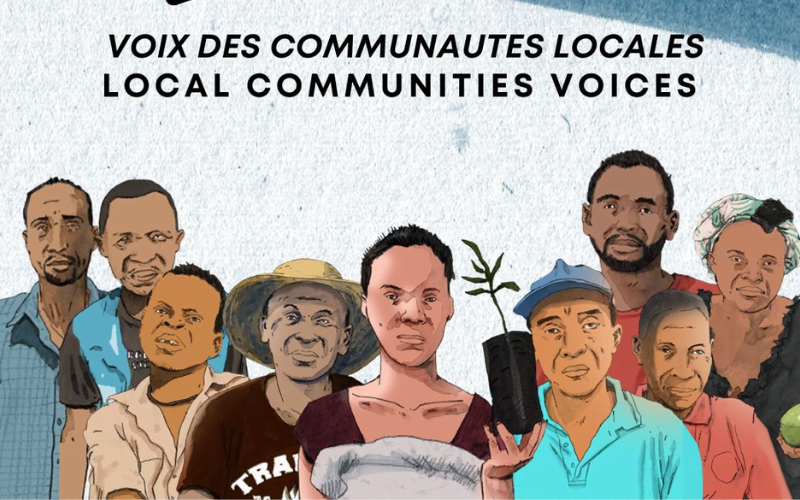
Through a series of 11 podcasts, FAPBM wanted to give a voice to the communities living along the protected areas to share their daily lives and the challenges they face in defending our protected areas. From Analalava to Oronjia, listeners are invited to discover the life stories of farmers, fishermen or craftsmen punctuated by the state of health of the forests. They are called upon to give voice to this biodiversity that should be preserved, restored and financed.
Madagascar is rich in biodiversity. 3% of the world’s biodiversity finds refuge in the Great Island. The Madagascar Protected Areas System was created to preserve this biodiversity. If this unique wealth is rather well documented, the benefits rendered by this biodiversity and the protected areas are scarcely communicated. The communities that directly live off it and defend it are even less so, especially at the national level. Working locally, these heroes are sometimes forgotten by the general public, and their efforts are hidden.
“We all recognise the consequences of deforestation: the soil becomes dry and arid. I remember the years 1990 to 1993, when we had no water, and from 1998 to 2000, we had a big drought […] Thanks to our collaboration with MBG (protected area manager), […] we received trainings [….] in agroforestry, which has the double advantage of reducing the work on the land and improving the quality of the soil […] In recent years, the water has returned, it has not dried up, although it is accurate we have had to dig a little more from time to time. Despite the limited rainfall, we have enough to drink, and the same goes for our animals.” dixit RAMANANTSALAMA Fredonnant of Oronjia PA, Northern Madagascar. The assistance of the protected area managers made it possible to gather testimonies from active members of the local communities. The triptych forest-water-agriculture is a recurrent theme of all the testimonies.
Find the interviews on the FAPBM Facebook page.




